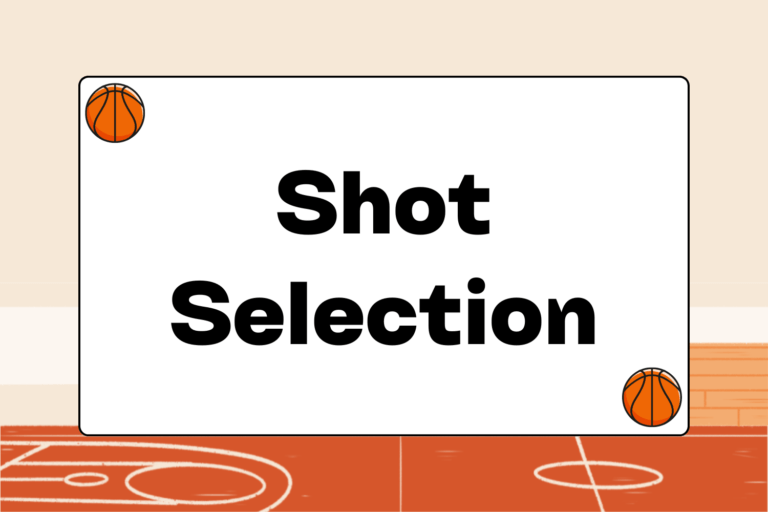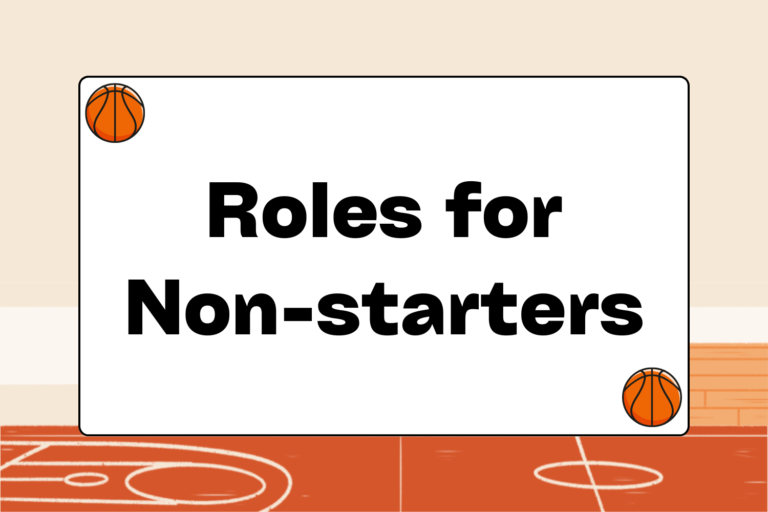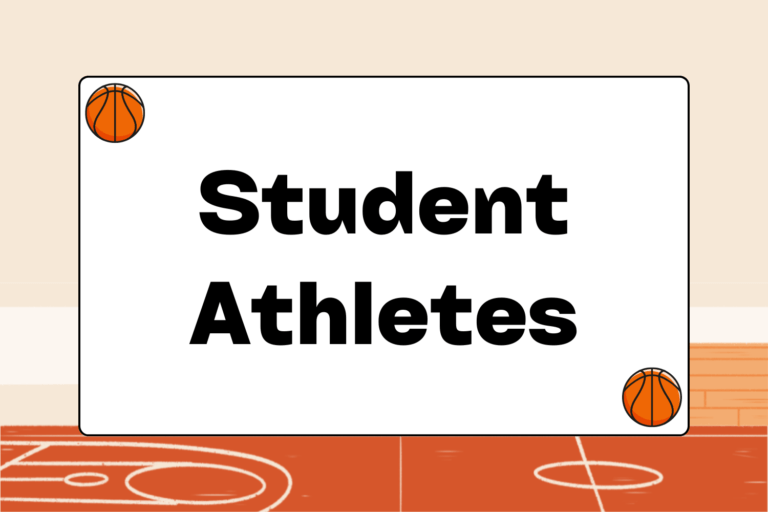As players progress in basketball and face tougher opponents, finishing at the rim becomes increasingly more difficult. Bigger and quicker defenders work to make finishing around the basket harder by blocking shots and creating steals.
For these reasons, offensive players must work on a variety of clever ways to score near the basket. This is true regardless of a player’s height and athletic ability. By developing a few go-to finishes near the basket, a smaller player can effectively attack the basket, even when being defended by quick, physical players.
Finishing at the rim doesn’t require a huge vertical leap and a lightning-quick first step. Instead, it requires practice, toughness, and body control. With these mental and physical skill sets, you can become a consistent finisher at the basket.
Drawing Contact
The biggest reason most players struggle to finish at the basket is the presence of contact from a defensive player. Many times, just the threat of contact from a much larger defender can alter your shot. Contact is part of the game, and adjusting to it can make every player a better scorer around the basket. Here are a few tips to help you adjust to contact:
- Focus on the rim: Avoid getting distracted by a big man closing in on you to block your shot. Obviously, if your path to the basket is impeded by a big man, you may have trouble scoring. But keep your eyes on the rim and attack.
- Absorb the contact: You might as well get used to it — basketball is a physical game. Players who’re comfortable getting hit in the paint are more likely to score.
- Protect the ball: Be willing to initiate the contact by jumping into the defender with your off-shoulder, keeping the ball away from him. When you initiate the contact, you dictate where the ball will be when the defender hits you.
Your Path to the Basket
There’s a lot to be aware of when driving the lane. For example, your defender and the help defense are collapsing to slap away the ball. There’s no way to see everything happening around you and keep your eyes on the basket. That’s why it’s important to keep both hands on the ball after picking up the dribble.
It’s important to keep the ball low and secure until the last possible instant when going to the basket. When the ball’s by your hip and held with two hands, the defender will not be able to knock it away. Instead, the defensive player will wave at the air or slap your arm, committing a foul.
Finishing at the Basket
In the best case scenario when driving to the basket, you have time to size up your defender, keep your eyes on the rim, and explode to the basket for an easy two. Unfortunately, that doesn’t happen very often in an actual game. Interior defenders are waiting to impede your path or deflect your shot.
Fortunately, you can practice a few simple techniques to help you avoid deflections and keep the defense honest. Practice the following moves so that they become instinctive during the course of a game.
Reverse Lay-up
A reverse is a great maneuver when the defensive big is bearing down on you from the foul line as you’re driving to the basket. In this case, take an extra step before picking up the dribble so that you can finish on the opposite side of the basket. This is a difficult move to adjust to and it lets you use the basket to shield the block attempt.
If you practice the reverse lay-up enough with a teammate bearing down on you, it will become second nature to take an extra step before picking up the dribble. You should be able to scoop the ball off the backboard with one hand.
Hot Tip: Use Both Hands
If it isn’t practiced routinely, it’s impossible to remember to keep both hands on the ball every time the defense is bearing down on you. Practice keeping the ball on your hip with two hands as you drive until it becomes instinctive.
Overhand Floater
When your shoulders are square with a defensive player who’s closing in on you, you may have to shorten your move to the rim and float an overhand lay-up. Elevate a step sooner than the defender’s arrival and launch yourself, letting the ball go at the apex of your jump. An overhand floater in the lane is a great shot for a smaller player to have in their arsenal. It can be awkward at first, but the high arc of the shot gives it a good chance of going in.
Jump Step
Coming to a jump step means landing on two feet and collecting yourself and the ball before taking it strong to the bucket. The offensive player’s tendency is to rush to the basket before the defense can collapse around you. Many times, the offensive player can take a moment to land on two feet and make an offensive move that the defensive big can’t defend.
Jump Hook
A jump hook is a great shot to take when you’re not directly squared-up with the defensive player. Instead, square your shoulders to the baseline and keep the ball away from the defender before tossing up a jump hook. Before you shoot, add a fake to get the defender in the air and create separation.
Up & Under
A good up-and-under is an effective interior move that can put the defender off-balance. It works especially well against an aggressive defender looking for a block or a steal. For that reason, every player should practice and perfect it.
Add a Fakeout
After a jump step, present the ball by faking a shot. A good ball fake goes above eye level and is accompanied by a good eye or head fake. When the defender’s in the air, step through the space vacated by the defender and quickly finish. Be able to switch to your opposite hand to release the shot more quickly.
Fun Fact
Hall-of-Fame basketball announcer Chick Hearn was fond of saying that players victimized by an effective up and under move had been thrown into “the popcorn machine.”
Pass Fake
A pass fake is a great move for a smaller offensive player when an open teammate’s also at the rim. A good pass fake is subtle. Bring the firmly secured ball away from your body and toward your teammate for the fake. Glance in your teammate’s direction to sell the fake. An open teammate and a good pass fake will often paralyze a defender at the rim.
Draw Contact
When the defender’s bearing down on you, it’s sometimes very difficult to get off a good shot. By working to draw contact, you can pick up a foul on the defender and get to the line for two easy free throw attempts. Sometimes, you can even earn an “and-one” and a chance for a three-point play. Master these steps to draw fouls at the rim:
- Jump step to pump fake: When you pump fake after stopping, you can cause the defender to leave his feet. If he goes airborne, jump into his waving arm or body. Be sure to get off the shot when you draw contact.
- Keep your body between the ball and the defender: An aggressive defender who swipes for the ball will hit your arm or body and commit a foul. If you and the defender are rising at the same time, position your body so that he hits you instead of the ball.
- Initiate the contact: Don’t be afraid to jump into a defender in mid-air when going to the basket. The defender’s entitled to the cylinder of air that was above his feet when he jumped, but the attacking offensive player is entitled to everything else.
Stick with it
A lack of concentration is another reason why players fail to finish at the rim. And it’s an understandable mistake — it’s not easy to keep your focus when a swarm of bodies are crashing in on you. However, you need to concentrate on the angle and force of the shot. You may’ve made shots like this a thousand times before, but until the ball hits the bottom of the twine, you haven’t hit this one yet.





